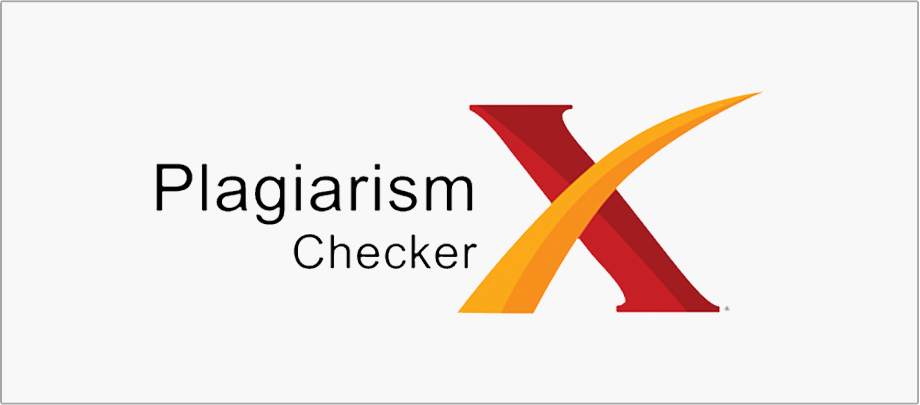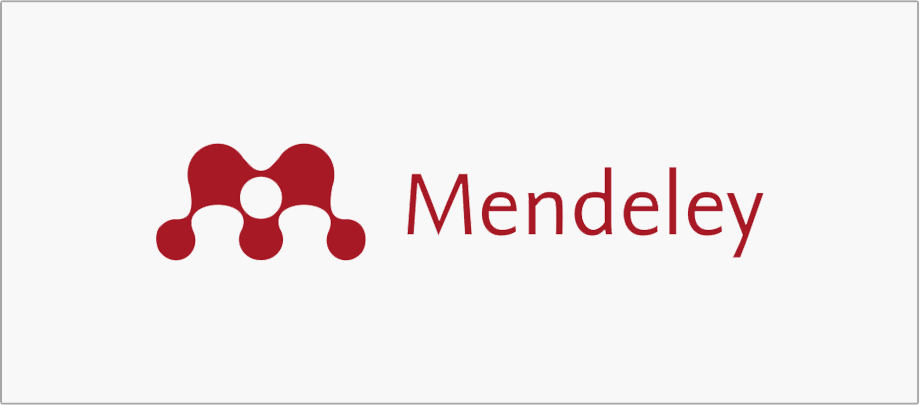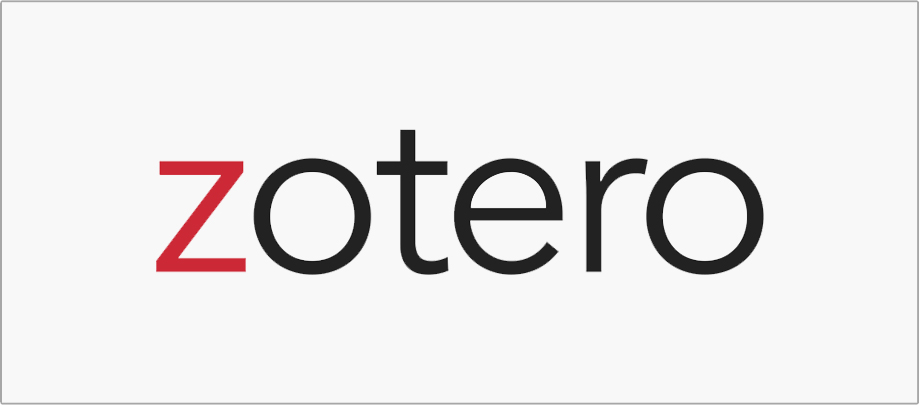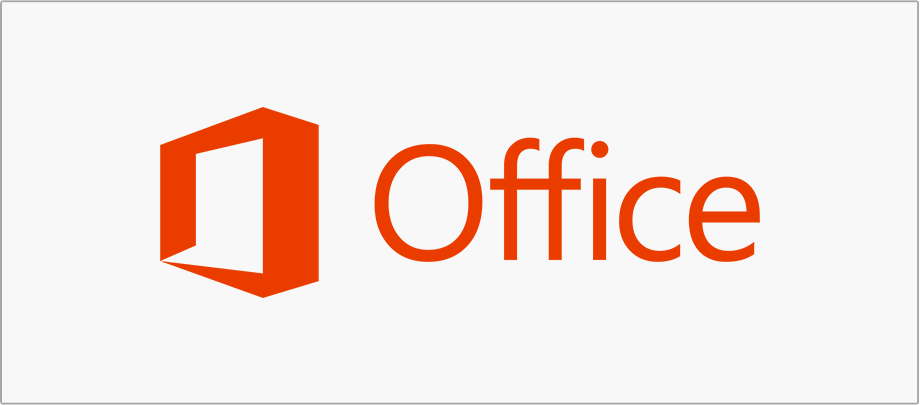Pembelajaran Jarak Jauh dan Pengaruhnya Terhadap Implementasi Standar Kurikulum Pendidikan Tinggi
Abstract
The implementation of social distancing policy as one of prevention strategies for Corona Virus Disease 2019 (Covid-19) has been directly impacted public services such as education services. During the social distancing period, the government implemented distance learning policy for schools and higher education as regulated by four Join Miniterials Decree. The shift from classroom learning method to distance learning method influences the Learning Process Standard specifically the Semester Learning Plan. Of eight national standards provided for higher education by Permenristek Dikti No. 44 /2015 regarding National Standard for Higher Education, the standard (c) Learning Process Standard and its component of Semester Learning Plan were significantly affected by the change of the method. By using six distance learning models provided in this investigation, it is discovered that not all the learning plan components affected by the change, depend on the learning model choosen. Significant adjustment are needed for subjects contain practices, laboratory exercise and skill-oriented lessons. While the normative components of the learning plan such as name of department, name of lecturer/teacher, general output and list of reference materials may not need any adjustment.
Keywords
Full Text:
PDFReferences
https://www.kemdikbud.go.id/main/blog/2020/08/penyesuaian-keputusan-bersama-empat-menteri-tentang-panduan-pembelajaran-di-masa-pandemi-covid19. Diakses pada tanggal 16 Agustus 2021; 15.51.
Kementrian Pendidikan dan Kebudayaan R.I. Keputusan Menteri Pendidikan dan Kebudayaan Nomor 719/P/2020 Tentang Pedoman Pelaksanaan Kurikulum pada Satuan Pendidikan dalam Kondisi Khusus. Lampiran, hruf B.
Kementrian Riset, Teknologi, dan Pendidikan Tinggi R.I. Peraturan Menteri Riset, Teknologi, dan Pendidikan Tinggi, Nomor 44 Tahun 2015 Tentang Standar Nasional Pendidikan Tinggi,
Kathlen Harting & Margaret J. Erthal. 2005. History of Distance Learning, Journal of Information Technology, Learning and Performance, Vol. 23, No. 1
Wikipedia.Org (https://id.wikipedia.org/wiki/Pendidikan_jarak_jauh#cite_note-evolution-of-distance-learning.com-3) diakses pada 16 Agustus 2012: 12.18 WIB
Indah Wulandari. 2013. Program Kejar Paket A dalam Pemberantasan Buta Huruf Tahun 1974-1979, AVATARA, e-Journal Pendidikan Sejarah, Volume1, No 2.
Universitas Terbuka (https://www.ut.ac.id/sejarah-ut) diakses pada 16 Agustus 2021: 14.45 WIB.
K. Ryann Ellis. 2009. A Field Guide to Learning Management System. American Society for Training and Development (ASTD).
William R Watson & Sunnie Lee Watson. 2007. An Argument for Clarity: What are Learning Management Systems, What are They Not, and What Should They Become?. Tech Trend. Online: https://www.researchgate.net/publication/261177582_An_Argument_for_clarity_What_are_Learning_Management_Systems_what_are_they_not_and_what_should_they_become. Diakses 22 Januari 2021. 14.02 WIB.
Ashok Sharma. (2016). The History Of Distance Learning and the LMS. http://www.elearnhub.org/the-history-of-distance-learning-and-the-lms/. Diakses 22 Januari 2021. 14.23
Undang Undang Nomor 20 Tahun 2003 Tentang Sistem Pendidikan Nasional, Bab 1, Pasal 1 (19).
Undang-Undang Nomor 12 Tahun 2012 tentang Pendidikan Tinggi, Pasal 35 (1)
Kementrian Riset, Teknologi, dan Pendidikan Tinggi R.I. Direktorat Jenderal Pembelajaran dan Kemahasiswaaan, Panduan Penyusunan Kurikulum Pendidikan Tinggi. 2016
Kementrian Riset, Teknologi, dan Pendidikan Tinggi R.I. (2015)
Permenristek Dikti 44/2015, Pasal 10 (2)
Permenristek Dikti 44/2015, Pasal 13 (2)
DOI: http://dx.doi.org/10.22373/adabiya.v24i1.12532
Refbacks
- There are currently no refbacks.
All papers published in Jurnal Adabiya are licensed under a Creative Commons Attribution-ShareAlike 4.0 International License. |

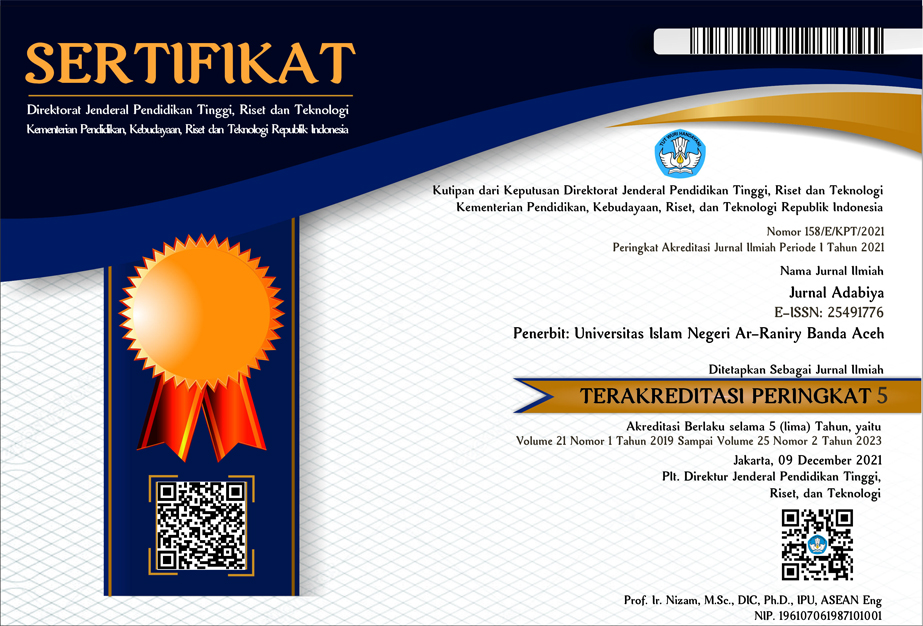


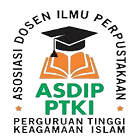

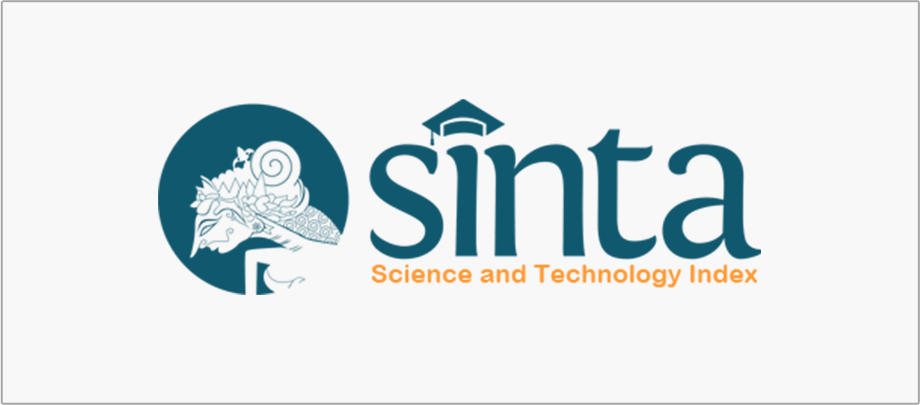

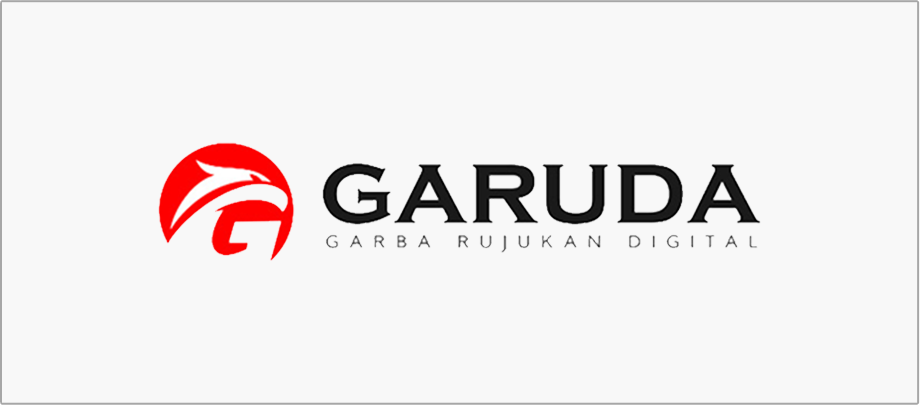
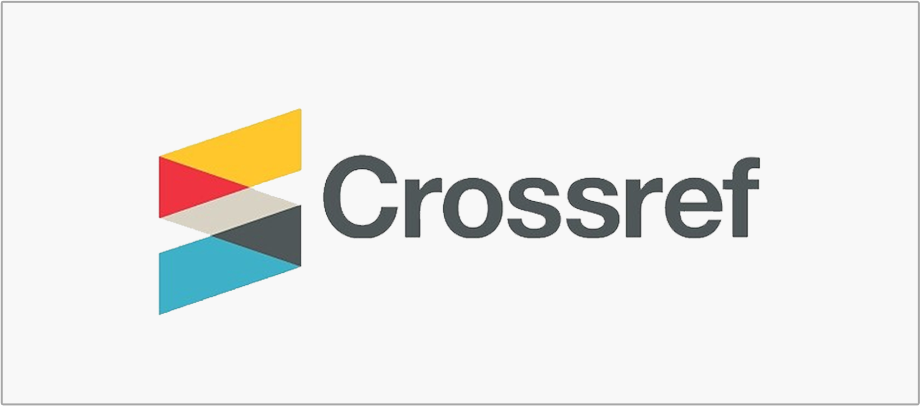
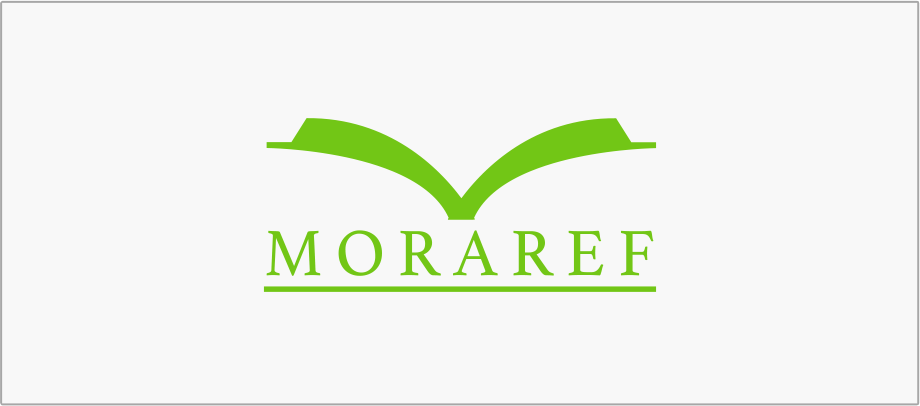
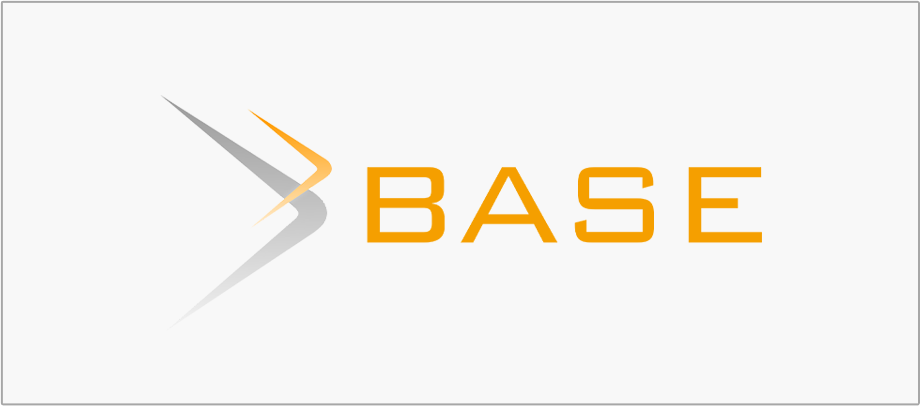

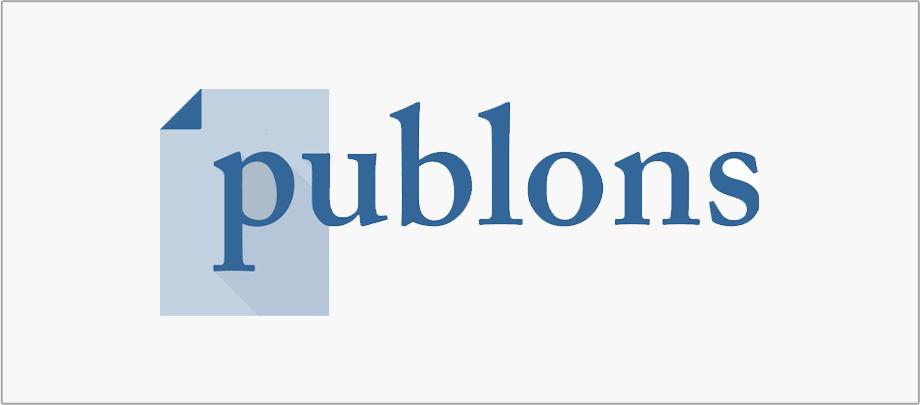

_(4)1.png)
